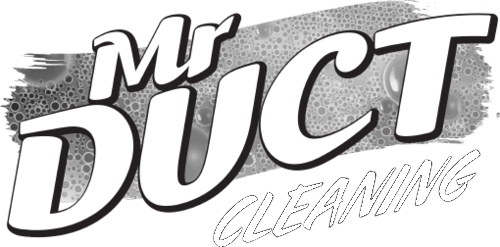
While some rodents can be cute, especially when they’re younger, wild rodents are hazardous pests when they get into houses or office buildings. One of the most common ways rodents like rats can enter a home is through ductwork and ventilation. These systems tend to be only protected by small nets on the house’s exterior, which is not a significant barrier for gnawing rodents. Once they get inside, the problems they cause can escalate quickly, which is why we highly recommend dealing with them promptly.
Telltale signs of rodent infestation
Several concerning signs can point towards a rodent infestation in the ductwork:
-
Gnawing or skittering noises throughout the ventilation system.
-
Nasty odors throughout the building, especially while the AC runs.
-
A sudden increase in insects like flies or beetles in the house.
-
Birds nesting in the attic.
-
More frequent allergic responses and respiratory issues.
-
Damaged ducts.
All of these symptoms can be caused by rats entering and living inside the ducts. They tend to chew on whatever they can find to test whether it is fit to eat. Rodent bites can damage ducts and cause air leaks, spreading the contaminated air throughout the house and into the walls, further exacerbating the issue.
Rodent excrement attracts flies, beetles, and other pests. Birds commonly prey on rats and mice, and they can start nesting in the attic with an ample food supply in the ducts. When one of these pests enters the house, others are bound to follow, and the real estate and family health will suffer immensely for it.
The safest way to identify a rodent infestation is to look into the ventilation system. Owners can remove the duct cover in their homes and try to spot a nest or droppings to confirm their suspicions.
Removing rats from ducts
If the problems have appeared recently, owners might be able to solve them by trapping every vent opening they can find and checking whether their traps were effective within a few days. Glue-covered boards or papers with pieces of cheese, meats, and peanut butter are popular homemade solutions that usually work. Store-bought traps or chemical solutions can be more effective but, use them carefully and follow instructions and guidelines to remain safe. However, owners will need to deactivate their AC system for days at a time and physically remove each rat that gets stuck in the trap before rearming it. Always use gloves when handling any animals or their droppings.
For more extensive infestations, contact a professional exterminator. They own and utilize the least intrusive ((or least damaging) and most effective methods for removing rodents. They can also “rodent-proof” the house to prevent recurring infestation, making the owner’s life a bit easier.
Get professional duct repairs
After successful rodent extermination, it’s best to contact a professional duct service for cleaning and repairs. With the rats gone, the ducts will be filled with excrement, hairs, nests, or remains, all of which need proper cleaning to allow the ductwork to function (and smell) normally.
A professional duct cleaning service uses adequate and effective cleaning solutions to provide a safe and spotless result. The contractors can also investigate the ducts for signs of damage and deterioration. Then, they will consult the owner for appropriate repairs to ensure the best performance and energy efficiency.
Mr. Duct Cleaning offers air duct services, including cleaning, repair, and replacement. We provide air duct sealing, dryer vent cleaning, and furnace cleaning services, too! Our Metro Phoenix, Gilbert, Scottsdale, Tempe, Mesa, and Queen Creek residential and commercial customers can call us at (480)254-5980 today!
